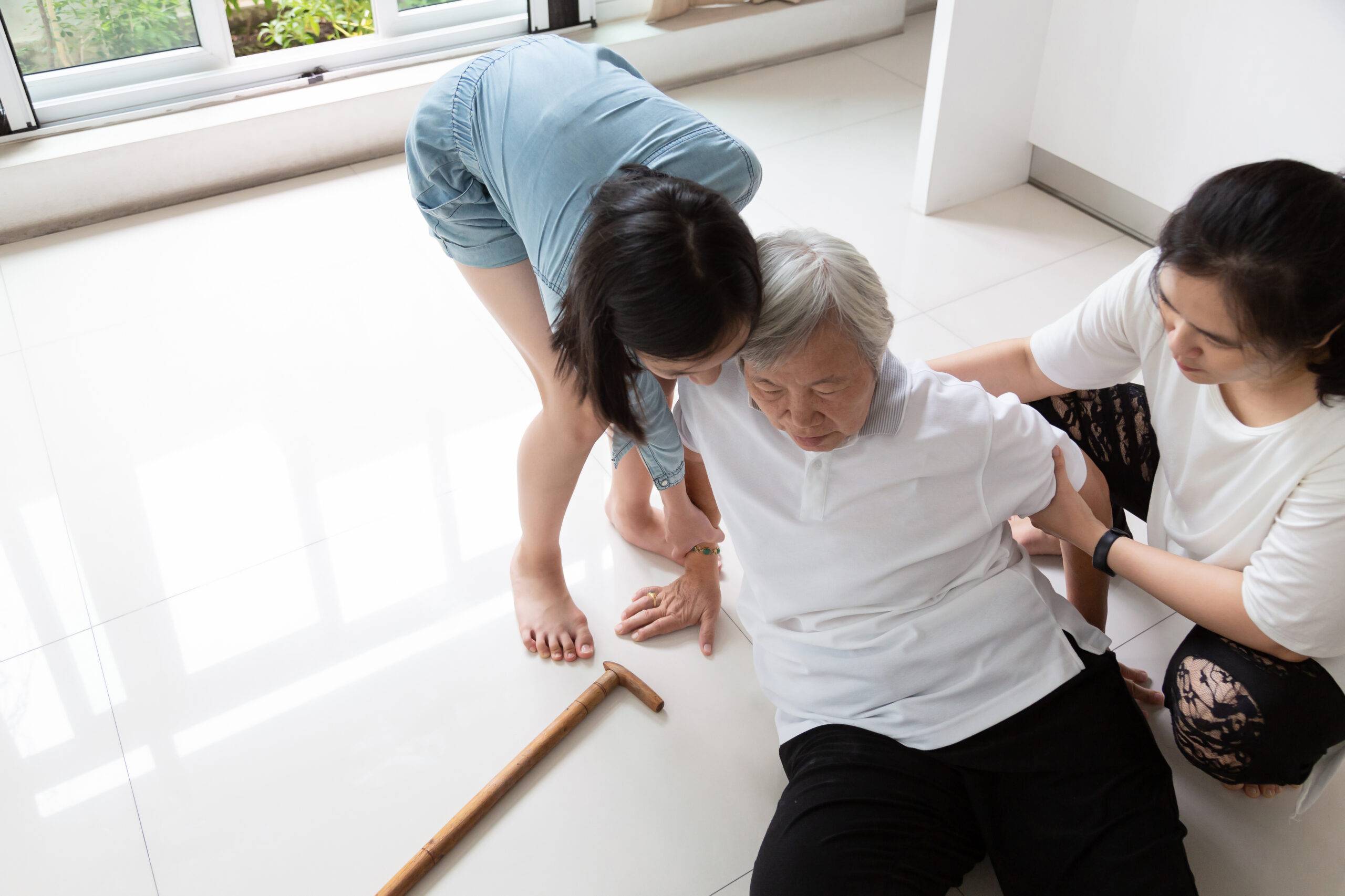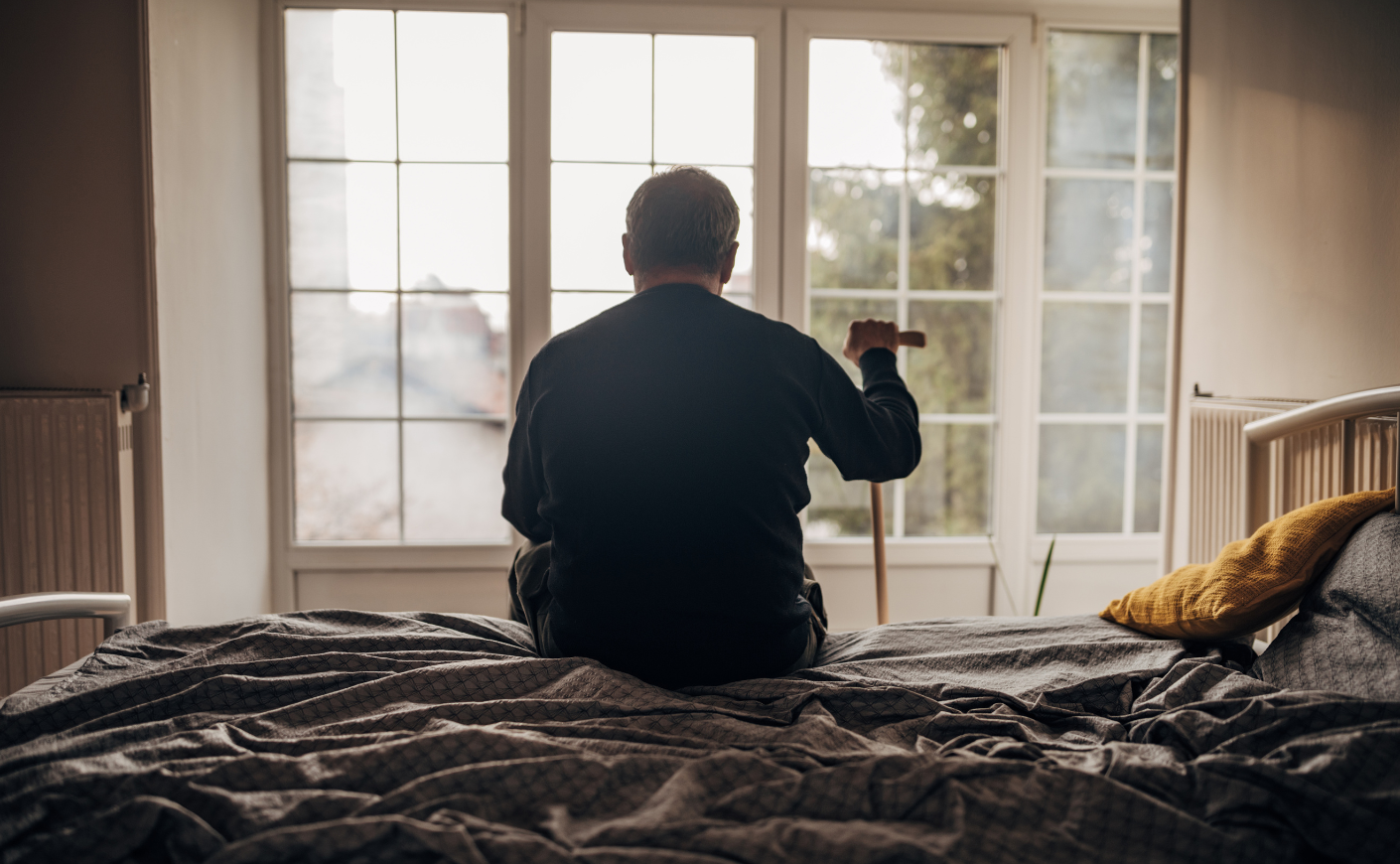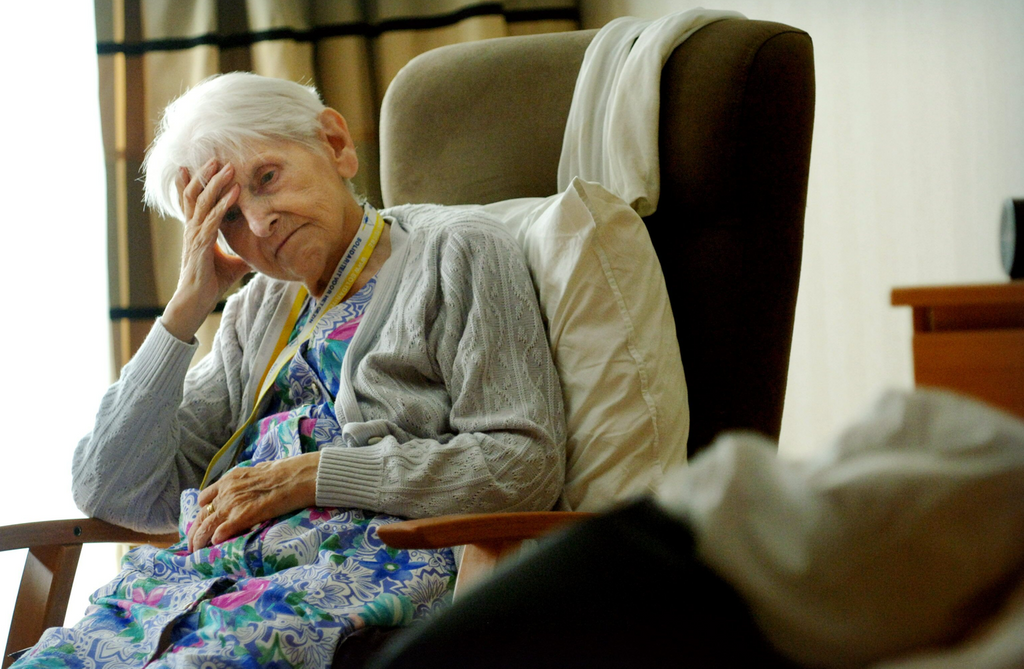In today’s fast-paced world, the safety and well-being of our loved ones, especially the elderly, are of paramount importance. With advances in technology, fall detection devices that track daily movement have become an essential tool for family caregivers. These devices not only provide peace of mind but also enhance the quality of life for those who need it most.
The primary purpose of these devices is to monitor the movement patterns of individuals and alert caregivers in case of a fall. By understanding the daily activity levels, these devices can offer insights that can prevent potential hazards. In this article, we will explore the various aspects of fall detection devices, their benefits, and how they are transforming elderly care.

Understanding Fall Detection Devices
What Are Fall Detection Devices?
Fall detection devices are specialized gadgets designed to monitor the movements of individuals, primarily seniors. They use various technologies, such as accelerometers and gyroscopes, to detect falls accurately. Some devices are wearable, while others can be integrated into the living environment, providing comprehensive monitoring solutions.
How Do They Work?
The working principle of fall detection devices involves analyzing the movement patterns of the wearer. By tracking accelerations and changes in body position, these devices can differentiate between normal activities and potential falls. When a fall is detected, the device sends an alert to designated contacts, ensuring timely assistance.
Benefits of Fall Detection Devices
Enhanced Safety and Independence
One of the significant benefits of using fall detection devices is the enhanced safety they provide. Seniors can maintain their independence while having the assurance that help is just a button press away. This independence is crucial for their mental and emotional well-being.
Timely Alerts and Quick Response
In case of a fall, every second counts. Fall detection devices ensure that alerts are sent promptly, allowing caregivers or emergency services to respond quickly. This timely intervention can significantly reduce the risk of severe injuries.
Data-Driven Insights
These devices not only detect falls but also track daily movement patterns. By analyzing this data, caregivers can gain insights into the individual’s activity levels, helping them make informed decisions about their care. This data-driven approach is a game-changer in elderly care.
Choosing the Right Fall Detection Device
Consider the User’s Needs
When selecting a fall detection device, it’s essential to consider the user’s needs and preferences. Some may prefer wearable devices, while others might benefit from ambient sensors installed in their living space. Understanding these needs will ensure the device’s effectiveness.
Evaluate Features and Technology
Different devices come with varying features and technologies. It’s crucial to evaluate these features, such as GPS tracking, emergency buttons, and connectivity options, to choose a device that aligns with the user’s lifestyle.
Check Reviews and Recommendations
Before making a decision, it’s wise to check reviews and recommendations from other users. This feedback can provide valuable insights into the device’s performance and reliability.
Integrating Fall Detection Devices in Daily Life
Educating Users and Caregivers
For effective use of fall detection devices, education is key. Both users and caregivers should be familiar with the device’s features and operation. Regular training sessions can help ensure that everyone knows how to respond in case of an alert.
Monitoring and Maintenance
Regular monitoring and maintenance of the device are crucial to ensure its optimal performance. This includes checking battery levels, updating software, and performing routine tests to verify its functionality.
Real-Life Applications and Success Stories
Case Study: Jane’s Journey
Let’s take the example of Jane, an 82-year-old living independently. With the help of a fall detection device, Jane has been able to maintain her active lifestyle. The device’s timely alerts have prevented several potential accidents, allowing her family to feel more at ease.
Community Programs and Initiatives
Many communities have started implementing fall detection devices as part of their elderly care programs. These initiatives have shown promising results, reducing the number of hospital admissions due to falls and enhancing the overall quality of life for seniors.
Challenges and Considerations
Privacy Concerns
While fall detection devices offer numerous benefits, privacy concerns are a valid consideration. Users may worry about data security and who has access to their information. It’s essential to choose devices that prioritize user privacy and data protection.
Cost and Accessibility
The cost of fall detection devices can be a barrier for some individuals. However, many organizations and insurance providers are recognizing their importance and offering subsidies or coverage options to make them more accessible.
The Future of Fall Detection Devices
Advancements in Technology
The future of fall detection devices looks promising, with advancements in technology leading to more accurate and efficient devices. Artificial intelligence and machine learning are expected to play a significant role in enhancing these devices’ capabilities.
Integration with Smart Home Systems
As smart home technology becomes more prevalent, the integration of fall detection devices with these systems is inevitable. This integration will allow for a more holistic approach to elderly care, providing seamless monitoring and support.
Conclusion
Fall detection devices that track daily movement are revolutionizing elderly care by providing safety, independence, and peace of mind. For family caregivers, these devices are invaluable tools that help ensure their loved ones are protected. As technology continues to evolve, these devices will become even more integral to our lives, making the world a safer place for everyone.

Frequently Asked Questions
What is the primary purpose of fall detection devices?
Fall detection devices are designed to monitor individuals’ movements, detect falls, and alert caregivers or emergency services promptly to ensure timely assistance.
How accurate are fall detection devices?
Modern fall detection devices use advanced technology to accurately differentiate between normal activities and falls, ensuring reliable alerts and minimizing false alarms.
Are fall detection devices covered by insurance?
Many insurance providers recognize the importance of fall detection devices and offer coverage or subsidies to make them more accessible to those in need.
For more information on preventing falls among the elderly, you can visit this resource. Additionally, you may explore privacy-friendly solutions for elderly safety.
This article contains affiliate links. We may earn a commission at no extra cost to you.






